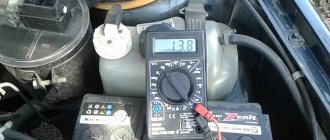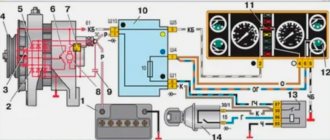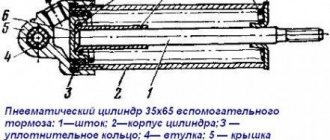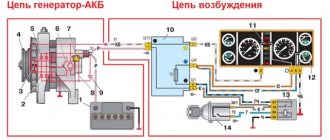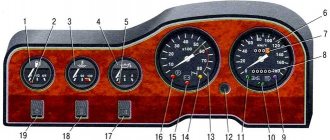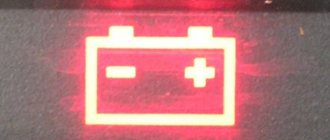Yesterday there was a smell of “scorched” wiring under the hood, today I discovered that the smell was from the genes... a friend measured the voltage and was horrified at 17.5... advised to change the voltage regulator... After replacing it with an almost new one... the voltage remained unchanged. Either the regulator is faulty, or it’s not the problem... The Kvate 90A generator was purchased 2 months ago, so it’s almost “new”. … What to do?
Change the diode bridge
Thank you, tomorrow I’ll somehow get to the store on my own)
Yeah, the main thing is that the battery doesn’t boil
The battery is old... but I’m a little scared about the electronics... I drove about 50 km with this voltage, I won’t risk it anymore
You have a short somewhere if the diode bridge burnt out
I took it off, looked... I didn’t take it apart too much... like a guarantee, I took it to the store, I’m waiting... In general, the electrician said that the diode bridge had nothing to do with it, most likely the winding was short-circuited...
The electrician said it right! A diode bridge cannot increase the voltage AT ALL! Underestimate - maybe, but not overestimate! This is what the “redle-charging” or “integral” does, as they also like to call it. So, this relay, when the voltage at the output from the gene reaches 15 volts, stupidly turns off the rotor MASS, and when it drops below 15 volts, it reconnects the rotor to ground. There is always excitation at the anchor as long as the ignition is on! If the rotor (armature) winding is shorted (broken) to the housing (ground), then it does not care that this mass is turned off by the charging relay! Usually on these “cheap generators”, in the place where the ends of the windings come out to the copper rings on the shaft (where the brushes touch) there is some kind of snot made of something like epoxy glue, supposedly fixing the wiring from vibrations, etc. So, this same snot usually comes off under the influence of centrifugal force, and stupidly begins to shorten the mass!

